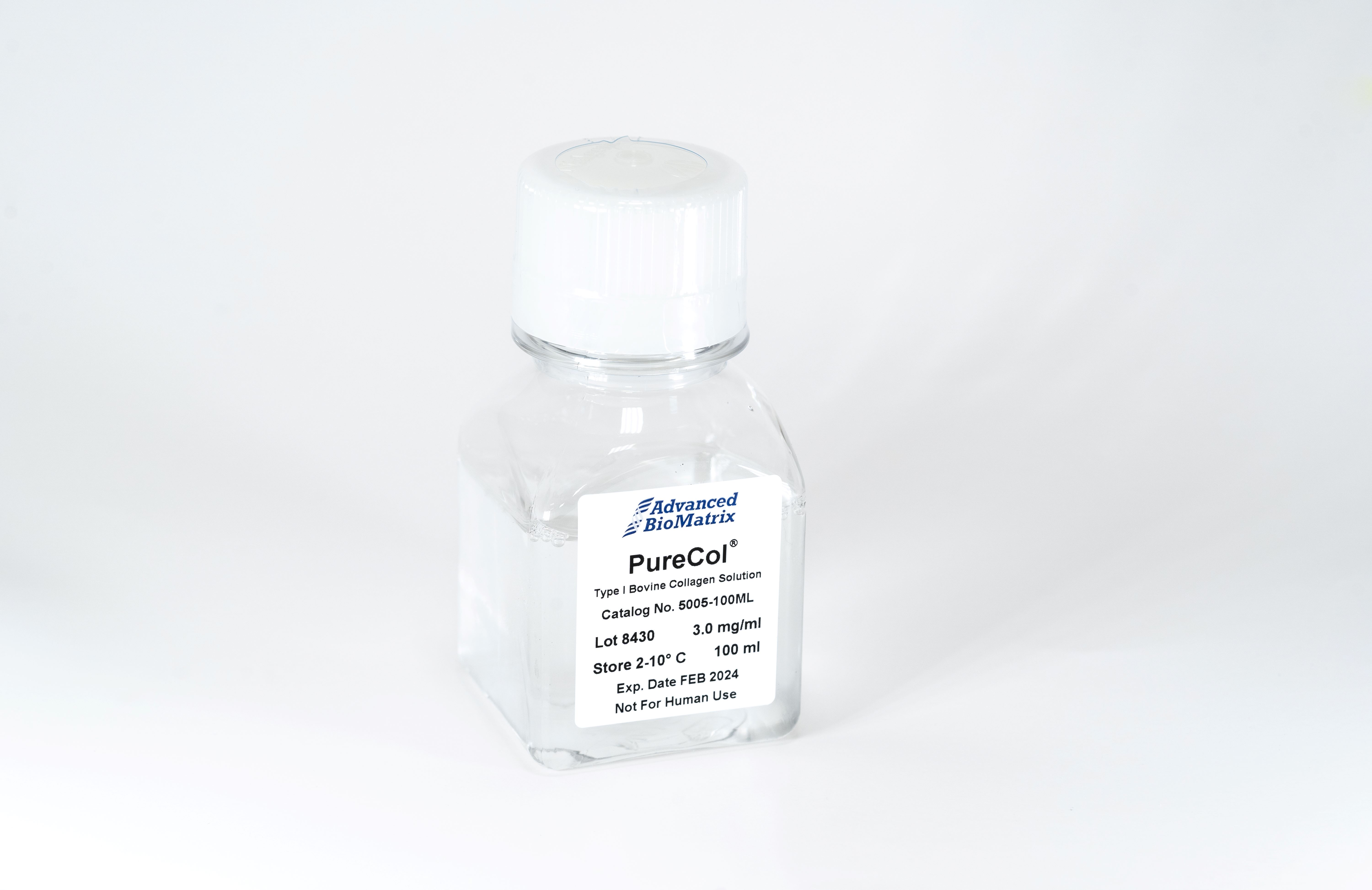Collagen Films
02/28/24
Background on Collagen Films:
Collagen films are used in a wide range of research fields, including biomedical engineering, tissue engineering, drug delivery, and wound healing, due to their excellent biocompatibility, biodegradability, and ability to support cell growth. Here are some key applications of collagen films in research:
-
Tissue Engineering and Regenerative Medicine: Collagen films are extensively used as scaffolds in tissue engineering to support the growth and differentiation of cells, aiming to repair or regenerate damaged tissues and organs. They mimic the extracellular matrix (ECM), providing a suitable environment for cell attachment, proliferation, and differentiation.
-
Wound Healing: In wound healing research, collagen films are applied as dressings to promote rapid and effective healing. They provide a moist environment, protect the wound from infection, and support the natural healing process. Collagen stimulates cellular activities essential for healing and can be engineered to release therapeutic agents to accelerate tissue repair.
-
Drug Delivery Systems: Collagen films can be used as carriers for controlled drug release. They can be engineered to encapsulate drugs, proteins, or other therapeutic agents and release them at a controlled rate, enhancing the efficacy of treatments for various diseases.
-
Skin Substitutes: In research related to burns and skin injuries, collagen films are developed as skin substitutes to promote the regeneration of skin. These films can act as temporary or permanent solutions, aiding in the recovery of skin function and appearance.
-
Corneal Repair and Ophthalmology: In ophthalmological research, collagen films are used as scaffolds for corneal tissue engineering or as carriers for drug delivery to treat eye diseases. They provide a transparent, biocompatible medium that can support corneal cells or deliver therapeutic agents directly to the eye.
-
Vascular Grafts: Research into cardiovascular diseases utilizes collagen films for engineering vascular grafts. These grafts aim to replace or repair damaged blood vessels, providing mechanical support and promoting endothelialization, thus restoring blood flow.
-
Nerve Regeneration: Collagen films are also investigated for their potential in nerve regeneration. They can serve as conduits or scaffolds to guide the growth of nerve fibers across injury sites, supporting the restoration of nerve function.
In all these applications, the properties of collagen films, such as their mechanical strength, degradation rate, and ability to incorporate various bioactive molecules, can be tailored to meet the specific requirements of the research or therapeutic application. This adaptability makes collagen films a versatile tool in the advancement of biomedical research and the development of innovative healthcare solutions. Altering various parameters of the collagen such as pH, processing temperature, salts, and concentration can have a significant effect on porosity, durability, etc.. as seen in this publication.

Making a Collagen Film:
There are quite a few variations for making collagen films, but most involve dehydration and crosslinking.
- Choose your collagen and desired concentration (ie. PureCol® 3 mg/ml collagen, or FibriCol® 10 mg/ml collagen).
- Add plasticizer, such as glycerol, if desired. A plasticizer can help with flexibility, toughness, processability, and adhesion of your film.
- Adjust the pH. A low pH will result in dehydration of the collagen in a monomeric state. A neutral pH and isotonic salts (followed by incubation at 37C) will lead to fibrillogenesis and a 3D hydrogel, prior to dehydration.
- Allow to air-dry or use a controlled drying method to form a film.
- Crosslink the collagen for enhanced stability and strength. This is typically done with Glutaraldehyde, but there are many other reagents being studied. These include Genipin, EDC/NHS, Ruthenium/SDS, Transglutaminase, Glyoxal, Riboflavin, Tannic Acid, Ethylenediamine, incoporation of PEGDA, and Hydroxymethylphosphines.
- Thoroughly rinse the scaffold prior to cell culture use.



